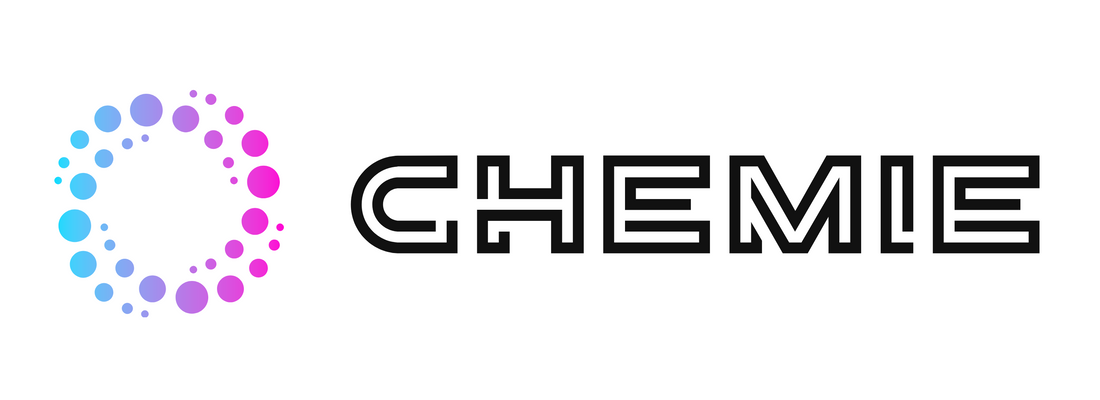Fascination About Chemie
Wiki Article
The 3-Minute Rule for Chemie
Table of ContentsChemie - The FactsThe Facts About Chemie UncoveredIndicators on Chemie You Need To KnowAll about ChemieAll About ChemieThe 8-Second Trick For Chemie
By Bojanna Shantheyanda, Sreya Dutta, Kevin Coscia and David SchiemerDynalene, Inc. Fluid air conditioning, which can be achieved utilizing indirect or straight ways, is utilized in electronics applications having thermal power densities that might surpass safe dissipation with air cooling. Indirect fluid air conditioning is where warmth dissipating electronic elements are literally divided from the liquid coolant, whereas in situation of direct air conditioning, the components remain in straight contact with the coolant.Nonetheless, in indirect air conditioning applications the electrical conductivity can be important if there are leaks and/or spillage of the liquids onto the electronics. In the indirect air conditioning applications where water based fluids with deterioration inhibitors are generally made use of, the electrical conductivity of the liquid coolant primarily depends on the ion concentration in the liquid stream.
The increase in the ion concentration in a shut loop liquid stream may happen as a result of ion leaching from steels and nonmetal elements that the coolant fluid is in call with. During procedure, the electrical conductivity of the liquid might boost to a level which can be unsafe for the air conditioning system.
The smart Trick of Chemie That Nobody is Talking About
(https://www.goodreads.com/user/show/186204644-bette-anderson)They are grain like polymers that can trading ions with ions in a remedy that it is in contact with. In today job, ion leaching examinations were performed with numerous metals and polymers in both ultrapure deionized (DI) water, i.e. water which is treated to the highest degree of purity, and low electrical conductive ethylene glycol/water combination, with the measured adjustment in conductivity reported gradually.
The samples were allowed to equilibrate at area temperature level for two days before tape-recording the preliminary electrical conductivity. In all examinations reported in this research study liquid electric conductivity was gauged to an accuracy of 1% utilizing an Oakton disadvantage 510/CON 6 collection meter which was calibrated before each dimension.
Fascination About Chemie
from the wall surface heating coils to the center of the heating system. The PTFE sample containers were put in the heating system when stable state temperatures were gotten to. The test configuration was gotten rid of from the heater every 168 hours (7 days), cooled down to room temperature level with the electric conductivity of the fluid gauged.The electric conductivity of the liquid sample was checked for a total amount of 5000 hours (208 days). Schematic of the indirect closed loop cooling down experiment set up. Components made use of in the indirect shut loophole cooling down experiment that are in contact with the liquid coolant.

About Chemie
During operation the fluid reservoir temperature was maintained at 34C. The modification in liquid electrical conductivity was kept an eye on for 136 hours. The fluid from the system was accumulated and kept. Closed loophole test with ion exchange resin was lugged out with the same cleansing treatments employed. The initial electrical conductivity of the 230ml UP-H2O in the system measured 1.84 S/cm.
0.1 g of Dowex resin was added to 100g of fluid samples that was taken in a different container. The blend was stirred and alter in the electric conductivity at area temperature level was determined every hour. The determined modification in the electric conductivity of the UP-H2O and EG-LC examination liquids including polymer or metal when immersed for 5,000 hours at 80C is shown Number 3.
How Chemie can Save You Time, Stress, and Money.
Figure 3. Ion seeping experiment: Measured modification in electric conductivity of water and EG-LC coolants containing either polymer or metal examples when submersed for 5,000 hours at 80C. Click Here The outcomes suggest that steels added less ions into the liquids than plastics in both UP-H2O and EG-LC based coolants. This can be because of a thin metal oxide layer which may work as a barrier to ion leaching and cationic diffusion.Fluids containing polypropylene and HDPE displayed the most affordable electrical conductivity modifications. This might be because of the brief, stiff, direct chains which are less likely to contribute ions than longer branched chains with weak intermolecular forces. Silicone also carried out well in both examination liquids, as polysiloxanes are normally chemically inert due to the high bond power of the silicon-oxygen bond which would protect against deterioration of the material right into the fluid.
Rumored Buzz on Chemie
It would certainly be expected that PVC would produce similar outcomes to those of PTFE and HDPE based upon the similar chemical structures of the products, nonetheless there might be other contaminations present in the PVC, such as plasticizers, that may impact the electrical conductivity of the liquid - inhibited antifreeze. In addition, chloride teams in PVC can also seep into the examination fluid and can trigger a rise in electrical conductivityBuna-N rubber and polyurethane showed indications of degradation and thermal disintegration which suggests that their feasible utility as a gasket or glue product at greater temperature levels can lead to application concerns. Polyurethane entirely degenerated right into the test liquid by the end of 5000 hour test. Figure 4. Before and after photos of steel and polymer examples submersed for 5,000 hours at 80C in the ion leaching experiment.
Calculated change in the electric conductivity of UP-H2O coolant as a function of time with and without resin cartridge in the shut indirect cooling loophole experiment. The determined modification in electrical conductivity of the UP-H2O for 136 hours with and without ion exchange material in the loop is shown in Figure 5.
Report this wiki page